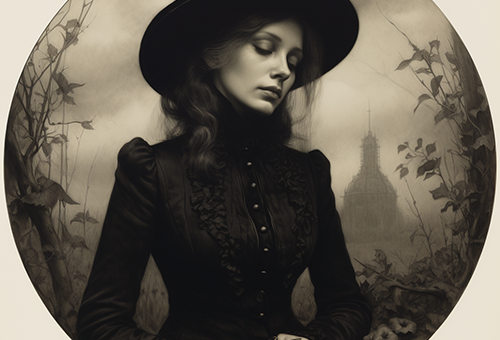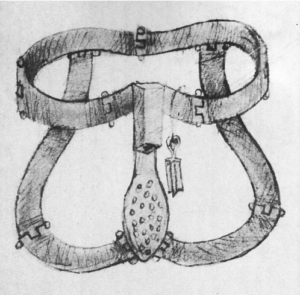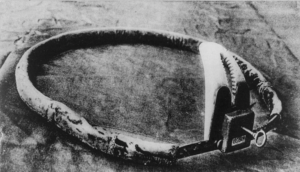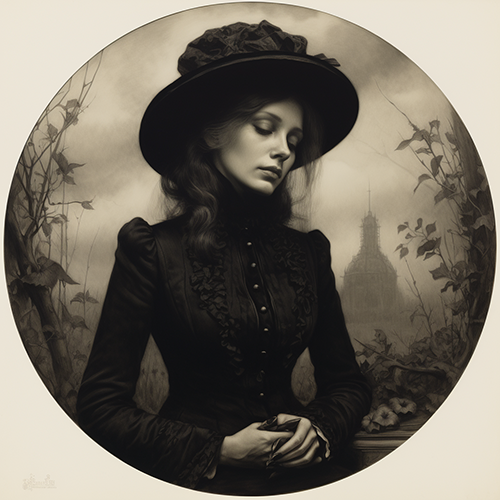
In the 19th century, when corsets and top hats were all the rage, another curious accessory was quietly making its mark: the chastity belt. While we often associate these contraptions with medieval times, they actually persisted well into the 1800s, shaping social norms and gender roles in surprising ways.
From the Middle Ages to Modernity
Despite the advancements of the industrial era, chastity belts held on tightly to their relevance. In a time of strict moral codes and rigid societal expectations, they were still seen as a means of maintaining control over women’s sexuality.

Justifying Restraint
Medical and moral arguments were commonly used to defend the use of chastity belts. They were touted as a solution to issues like infidelity and unwanted pregnancies, reflecting the prevailing attitudes towards women’s bodies and behavior.
Tools of Patriarchy
Chastity belts played a significant role in reinforcing patriarchal power structures. By restricting women’s movements and freedoms, they symbolized the subjugation of women to male authority.

Symbols of Virtue
Ironically, chastity belts were also seen as symbols of female virtue and purity. For some, wearing one was a badge of honor, signaling adherence to societal expectations of modesty and chastity.
Diverse Designs
Chastity belts came in all shapes and sizes, reflecting the creativity and ingenuity of their makers. From simple designs made of metal to more elaborate ones adorned with decorative elements, there was no shortage of options for those seeking to enforce restraint.

Facing Criticism
Not everyone was on board with the idea of chastity belts. Critics, including feminists and social reformers, condemned them as tools of oppression, arguing that they violated women’s rights and autonomy.
Fading into Obscurity
By the end of the 19th century, chastity belts began to lose their grip on society. Changing attitudes towards sexuality, advancements in contraception, and the rise of women’s rights movements all contributed to their decline in popularity.

